Google Maps Now Estimates Toll Charges for Your Journey
Google Maps is gaining a new feature on iOS and Android that estimates the amount of money you’ll have to pay in tolls for a chosen route.
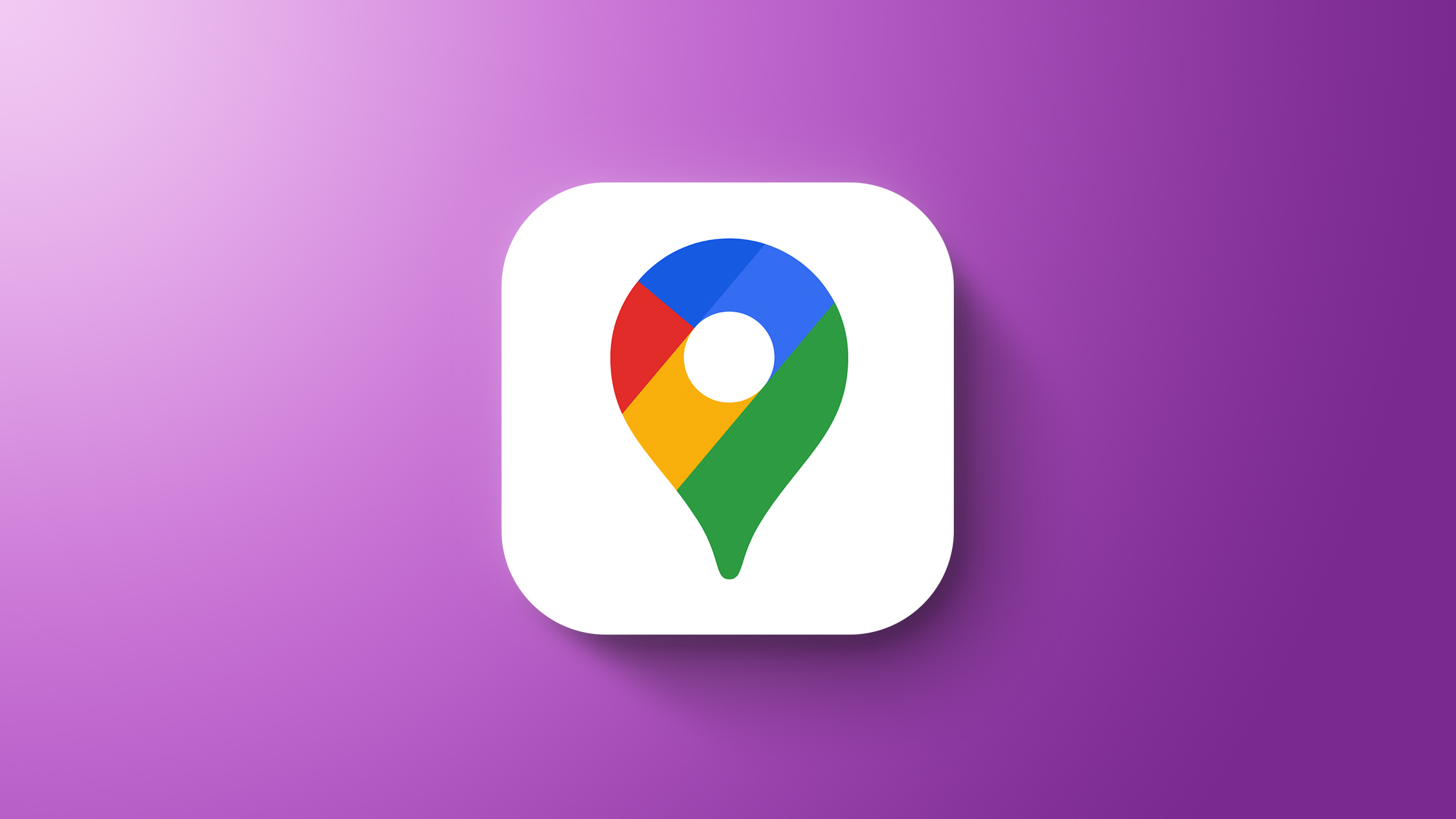
Before you set off, you’ll now see the estimated toll price to your destination in the app. Google says the road information is sourced from local tolling authorities, and includes factors like having a toll pass or not, what day of the week it is, and how much the toll is expected to cost at the specific time you’ll be crossing it.
Options are available within the app’s settings to display toll prices with or without a toll pass – Google notes that the price can change in many places depending on the payment method used. There is also an option to avoid routes crossing toll roads entirely.
For the planner friend: this new feature is for you. 🙏
Now when you’re planning trips big and small, you can check estimated toll prices before you pick a route—and spend what you save on road snacks. pic.twitter.com/Lfy8s2TXQU
— Google Maps (@googlemaps) June 13, 2022
Google says the toll prices feature is rolling out now and is available for nearly 2,000 toll roads in the U.S., India, Japan, and Indonesia, with coverage for more countries coming soon.
This article, "Google Maps Now Estimates Toll Charges for Your Journey" first appeared on MacRumors.com
Discuss this article in our forums
Read More

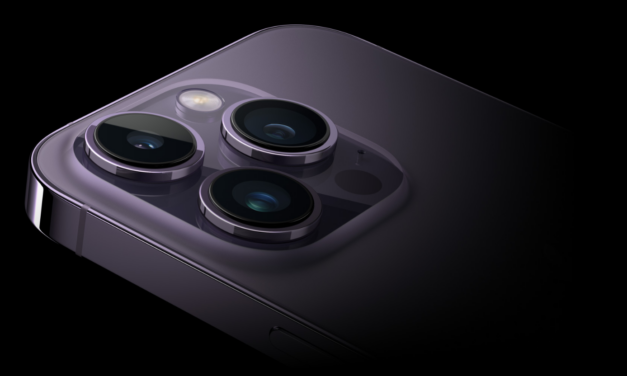
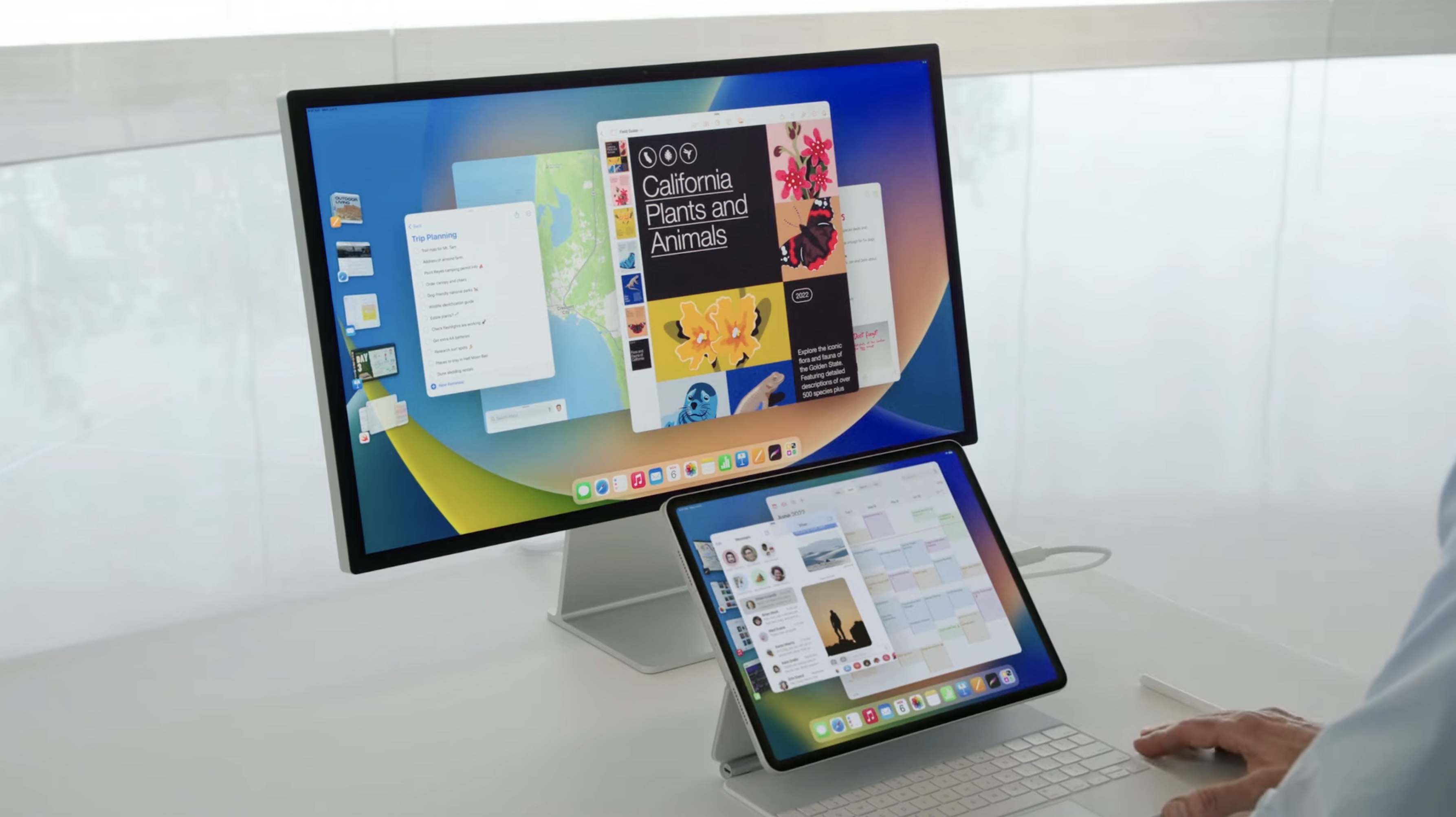
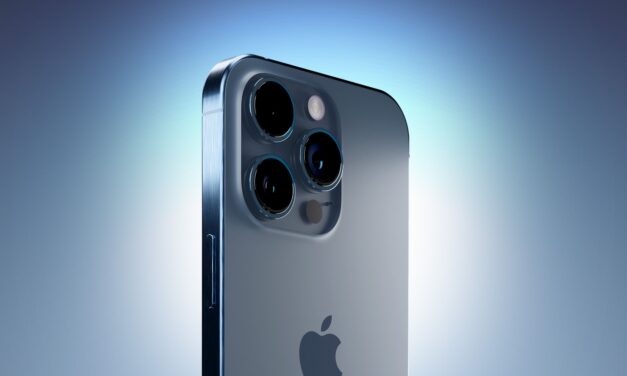
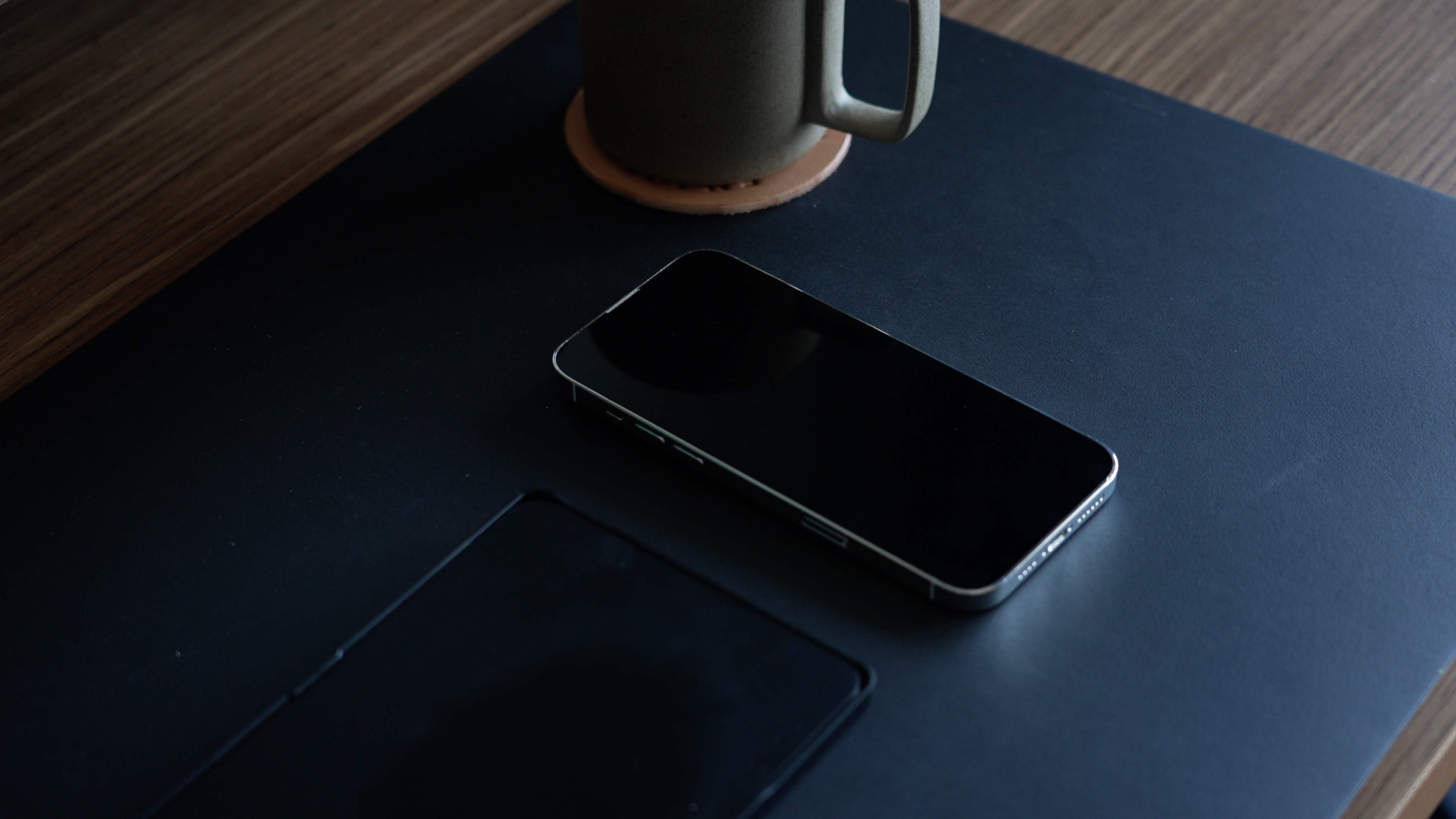
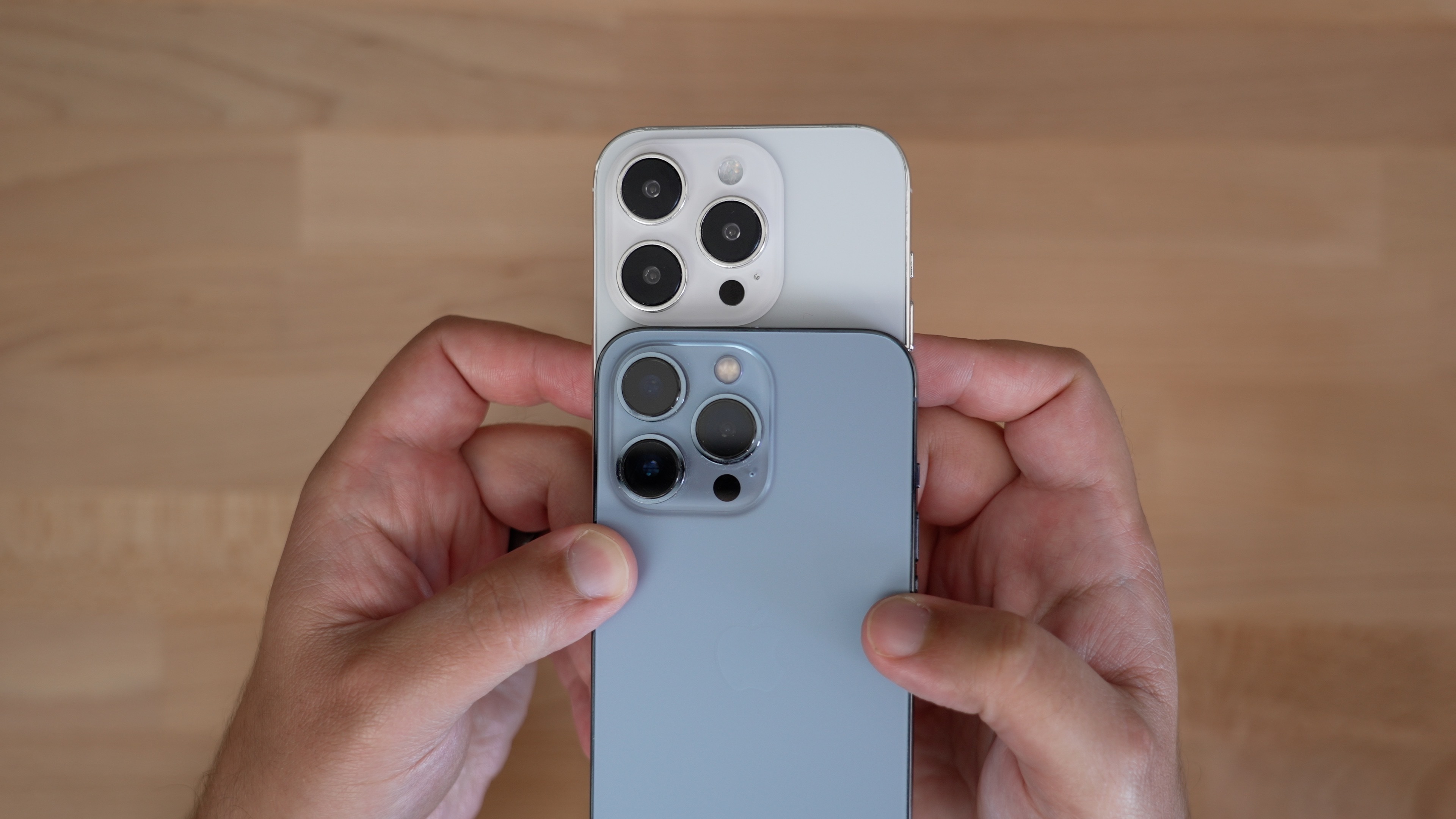
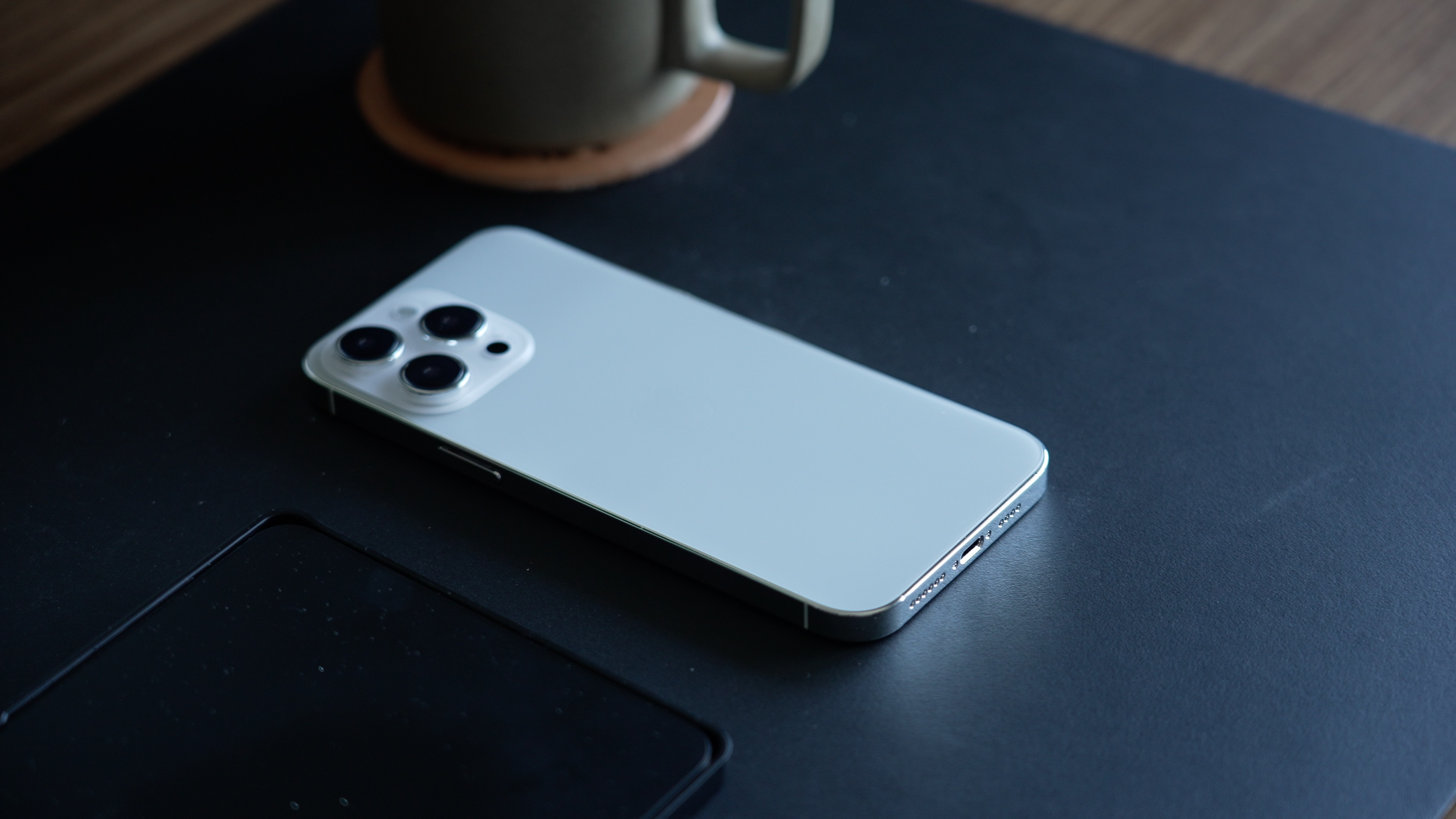
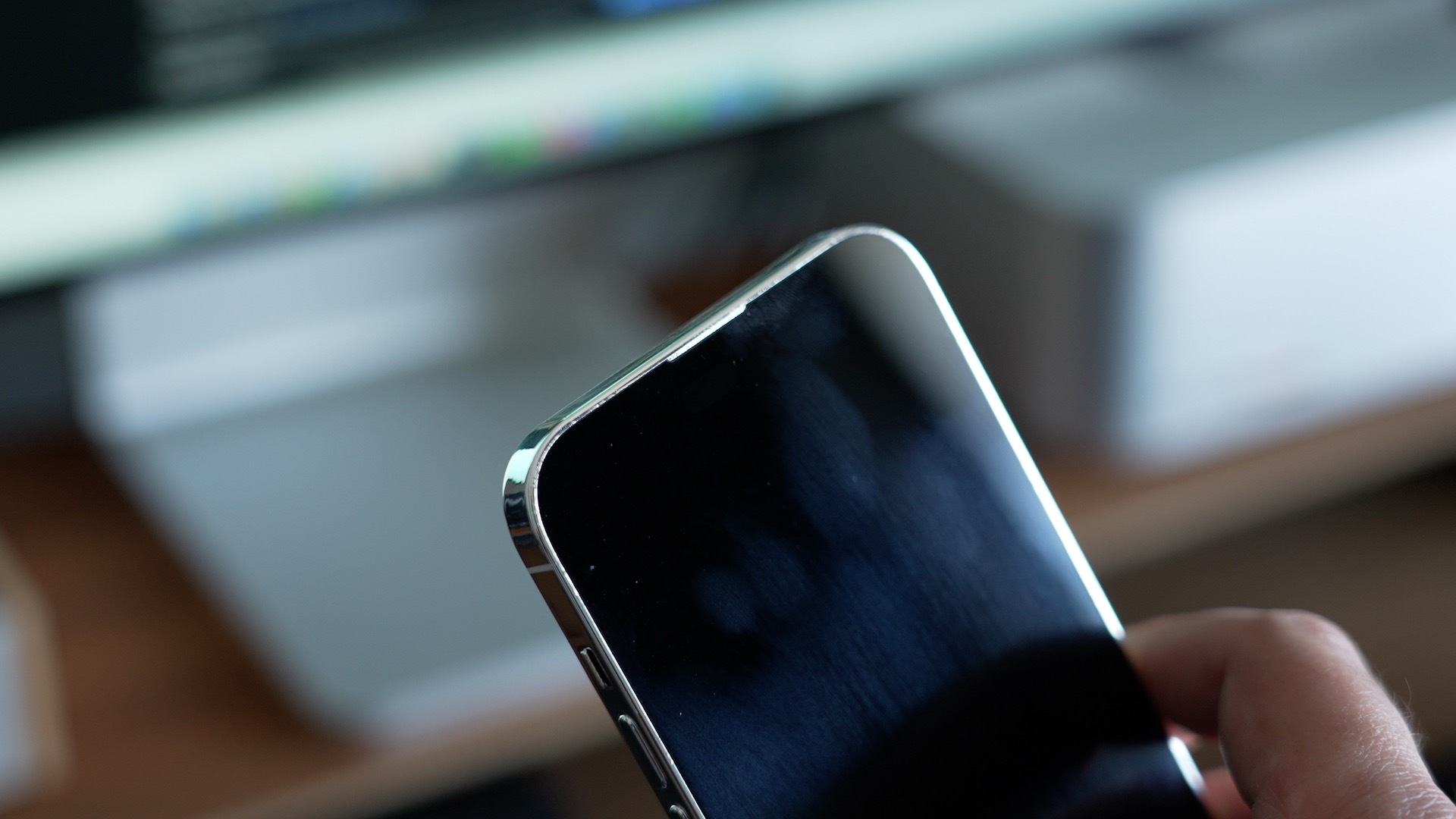
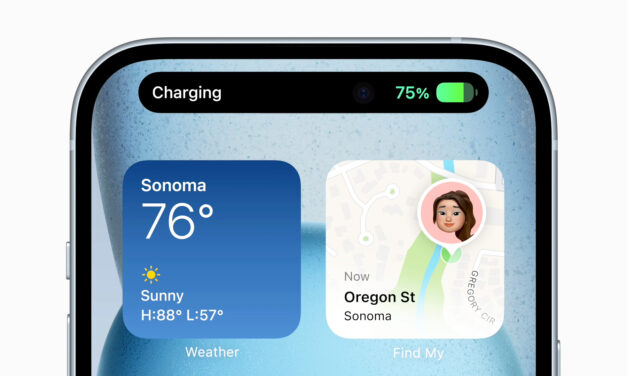
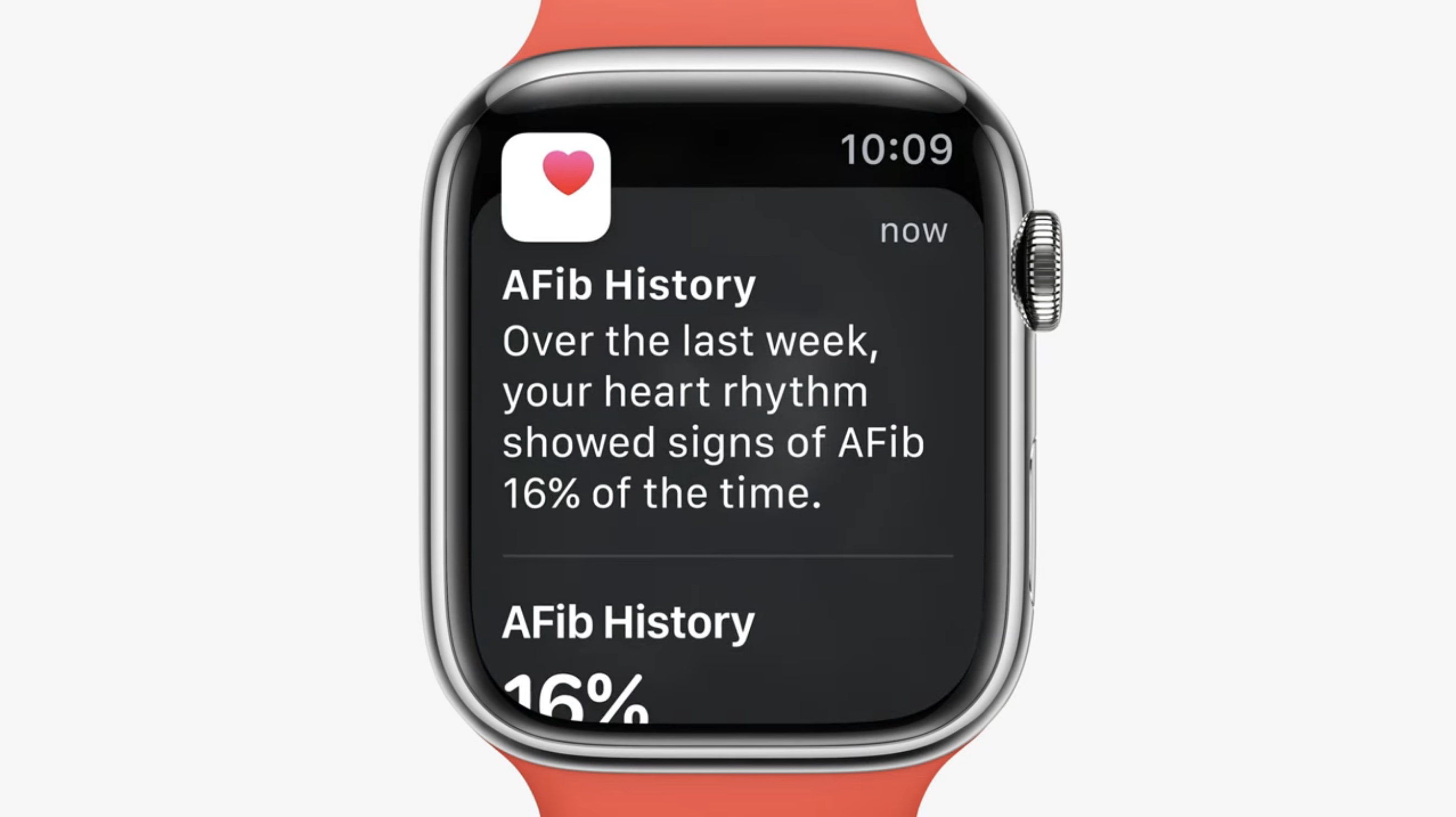
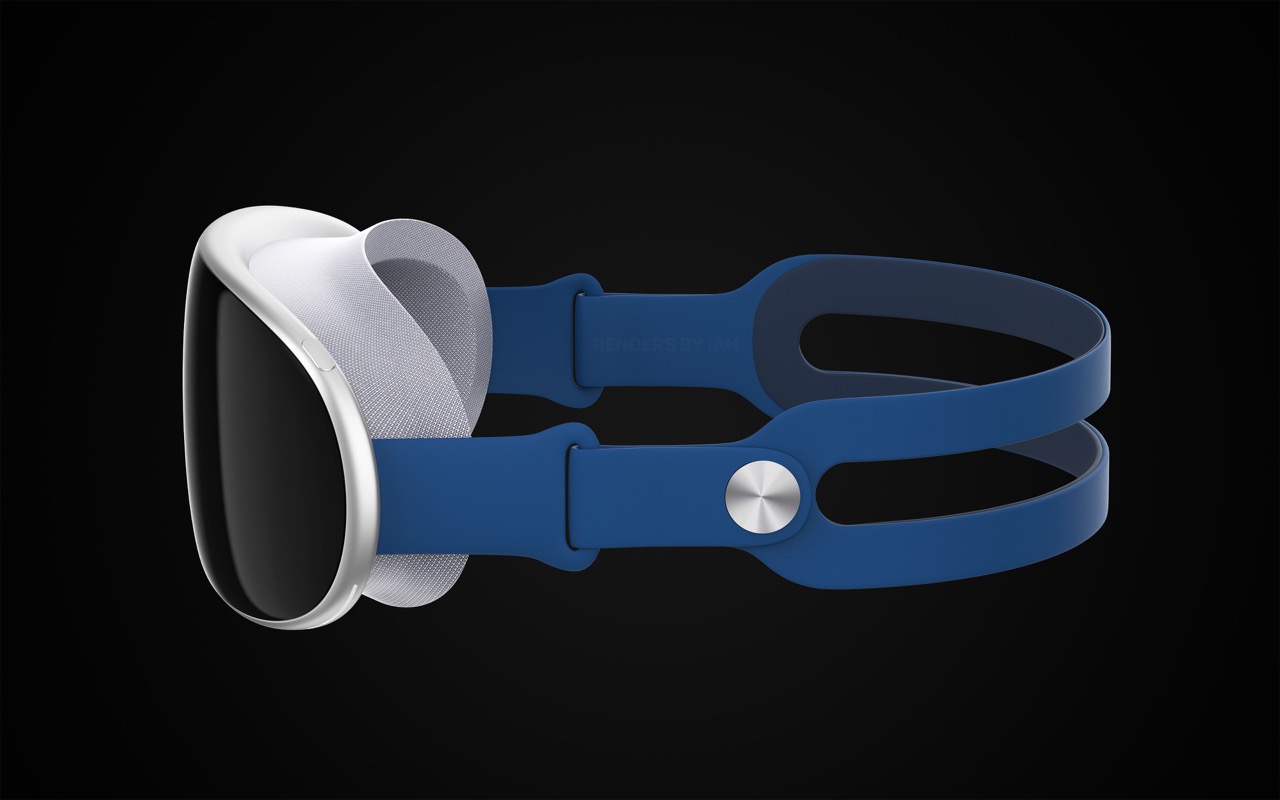 Concept render based on
Concept render based on
Recent Comments